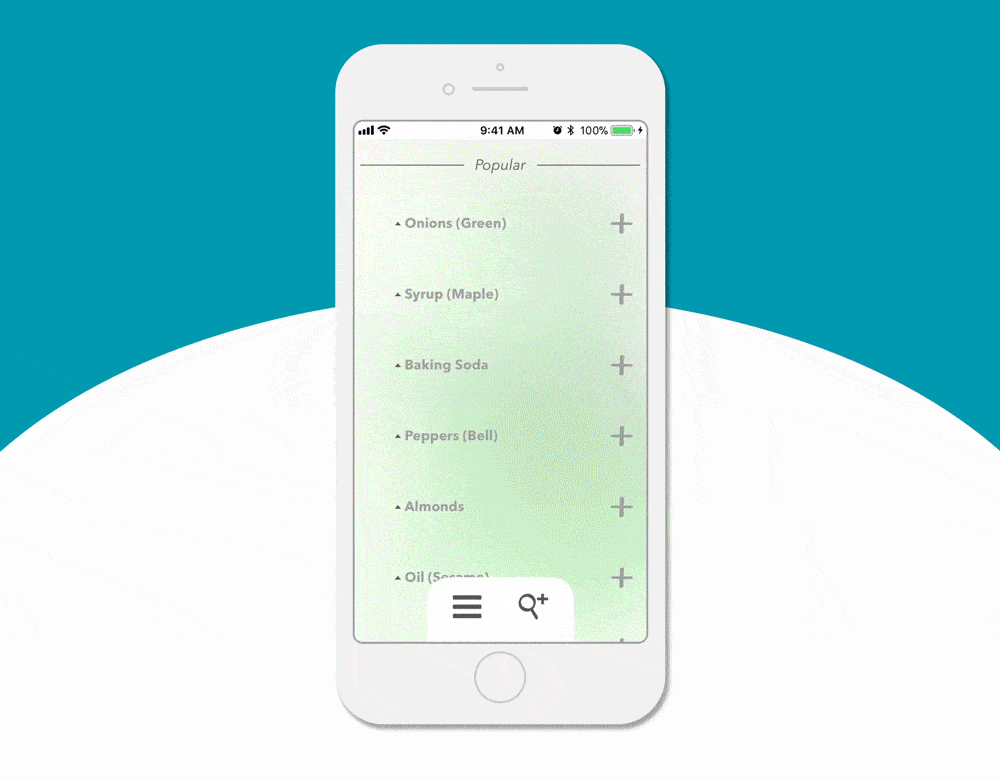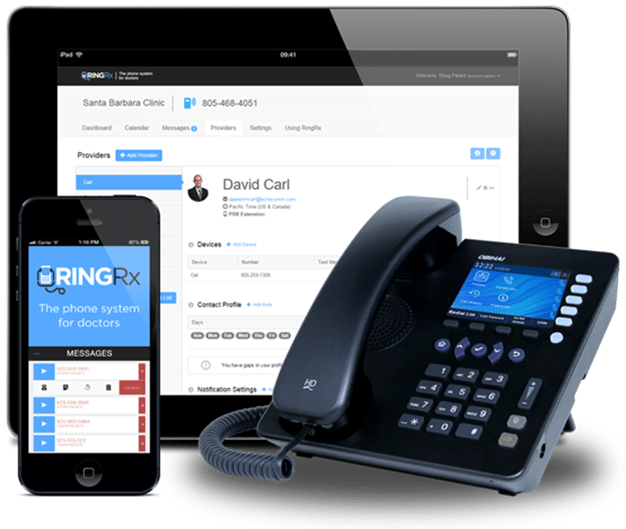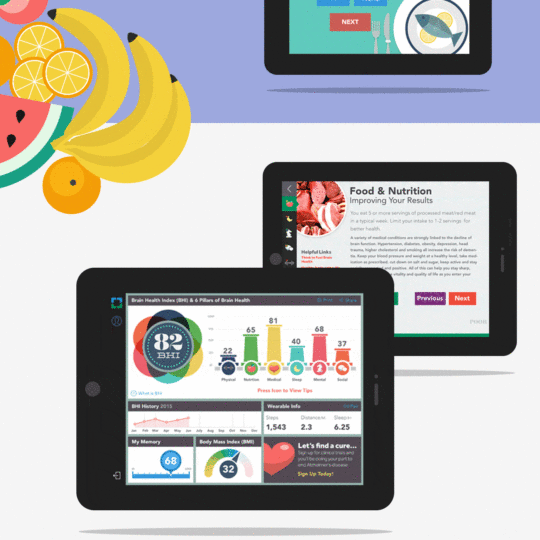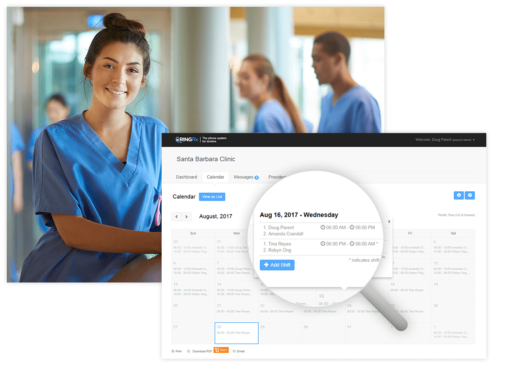If you’re building an app, you should be aware of the process that is necessary for success. The fact is that 99.99 percent of consumer apps don’t succeed because they fail to get in front of their audience. That’s why the planning and design phase is so vital. The app needs to be built around your business goals, which should give it an existing platform to succeed, as opposed to a un-tested idea that may fizzle out when deployed to the app stores.
The problem with hiring a team to quickly develop an app for you is that you’re betting on success with the first deployment. But most likely, a successful app will be expanded upon after being tested in the marketplace. Thus, if you plan to not touch your app after completion, you may need to re-evaluate the effectiveness of the app idea. Or talk to a professional development firm to get a better idea of the project approach.
When you work with a team, they should be able to identify what will work best for an app implementation for years to come. This means designing your app to maximize user retention, building the app to be modular and scalable, and planning the project with the foresight of maintenance and (ideally) increased usage over time.
After the initial build, the app development cost, of course, decreases significantly. However, they don’t disappear. If you’re building an app to serve a purpose in your business, it’s probably going to be handling a process that will become a crucial marketing or administrative tool as users begin to adopt the app into their routine of interfacing with your business.
For example, if your app serves to provide personalized skincare tips and product recommendations, then the app will become a part of the consumer’s process of improving their skin over time while tracking which skincare products they use. The app might include data about their skin’s health and other lifestyle factors on a daily or weekly basis, then use this information to decide which products they need to clear up or improve skin health. All the while, storing important user data that can be reused by your business internally.
Our experience includes many of these models, which help to increase user retention, increase product sales, and improve the consumer’s overall experience with their health as they can visualize and monitor their own progress.









